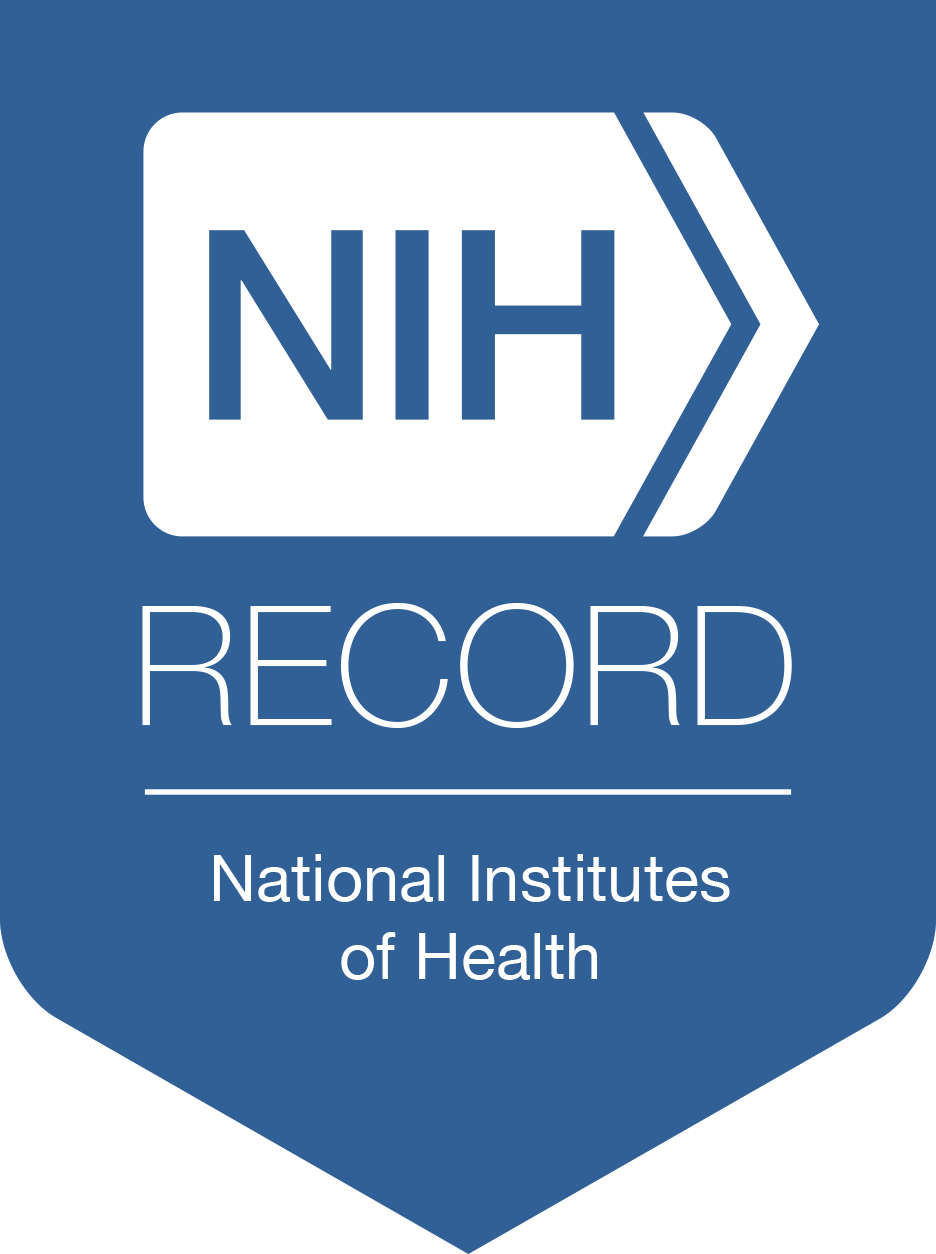NIH Researchers Discover Changes Associated with Higher Breast Cancer Risk
NIH researchers have identified a series of changes in the architecture and cell composition of connective tissues of the breast, known as stromal tissue, associated with an increased risk of developing aggressive breast cancer among women with benign breast disease, and poorer rates of survival among women with invasive breast cancer. This process, called stromal disruption, could potentially be used as a biomarker to identify women who are at high risk of developing aggressive breast cancers, and those with breast cancer at increased risk of recurrence or death.
Such insights could inform new cancer prevention and treatment strategies that target the stromal microenvironment. Stromal disruption is inexpensive to assess and could be widely adopted, particularly in low-resource settings.
The researchers used machine learning to detect subtle changes in the stroma of 4,023 donated samples of healthy breast tissue, 974 biopsies of tissue with benign breast disease, and 4,223 biopsies of tissue with invasive breast cancer.
In women who donated healthy breast tissue, the same risk factors associated with aggressive breast cancer were also associated with increased stromal disruption, suggesting those risk factors may share a common stromal tissue pathway.
In women with benign breast disease, substantial stromal disruption on biopsy was associated with a higher risk of developing aggressive breast cancer and more rapid onset of breast cancer. In women with invasive breast cancer, increased stromal disruption was associated with more aggressive disease phenotypes and poorer survival outcomes.
Additional studies are needed to determine whether lifestyle changes and anti-inflammatory medications might reduce aggressive breast cancer risk, particularly among high-risk women.
